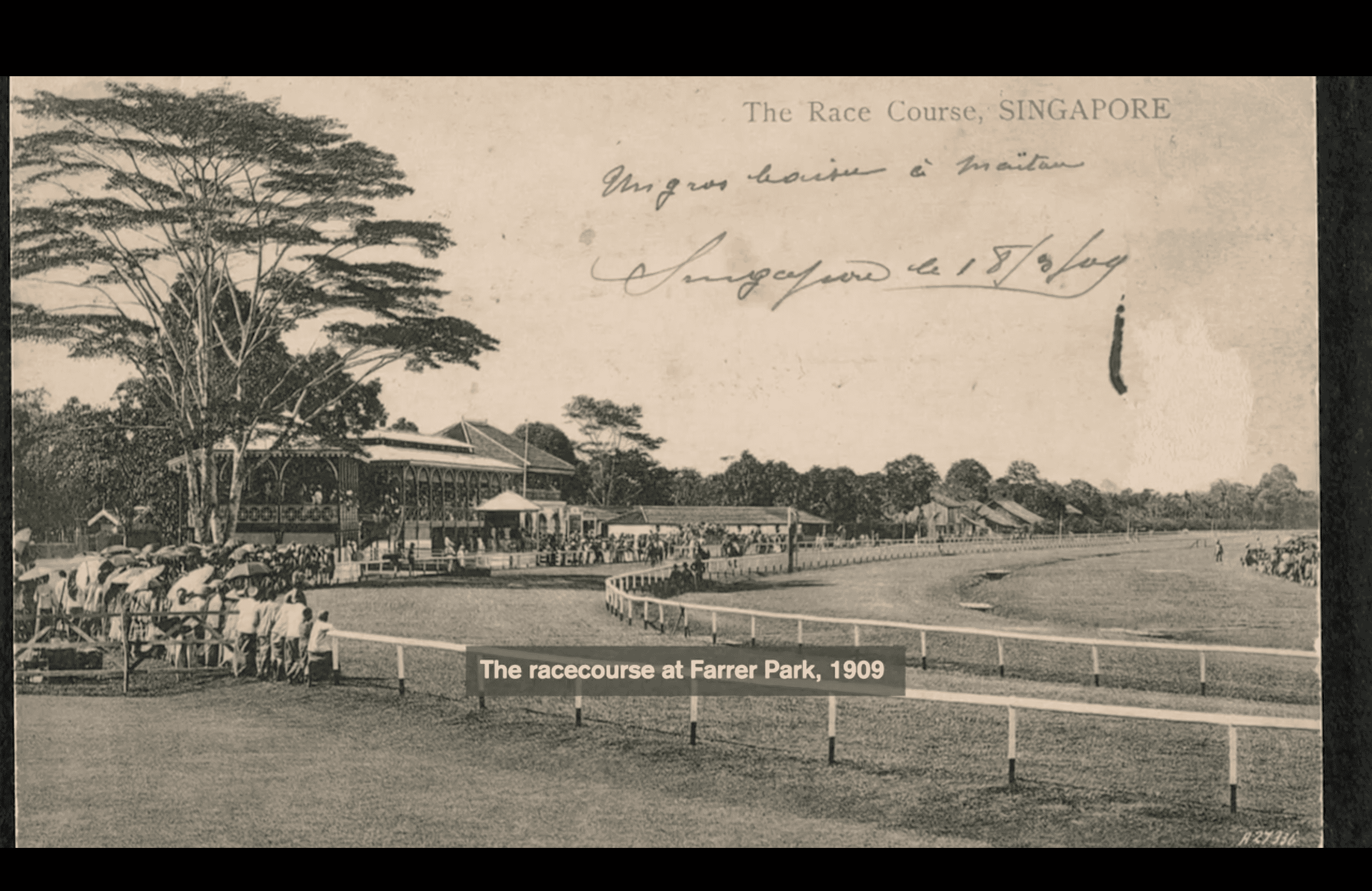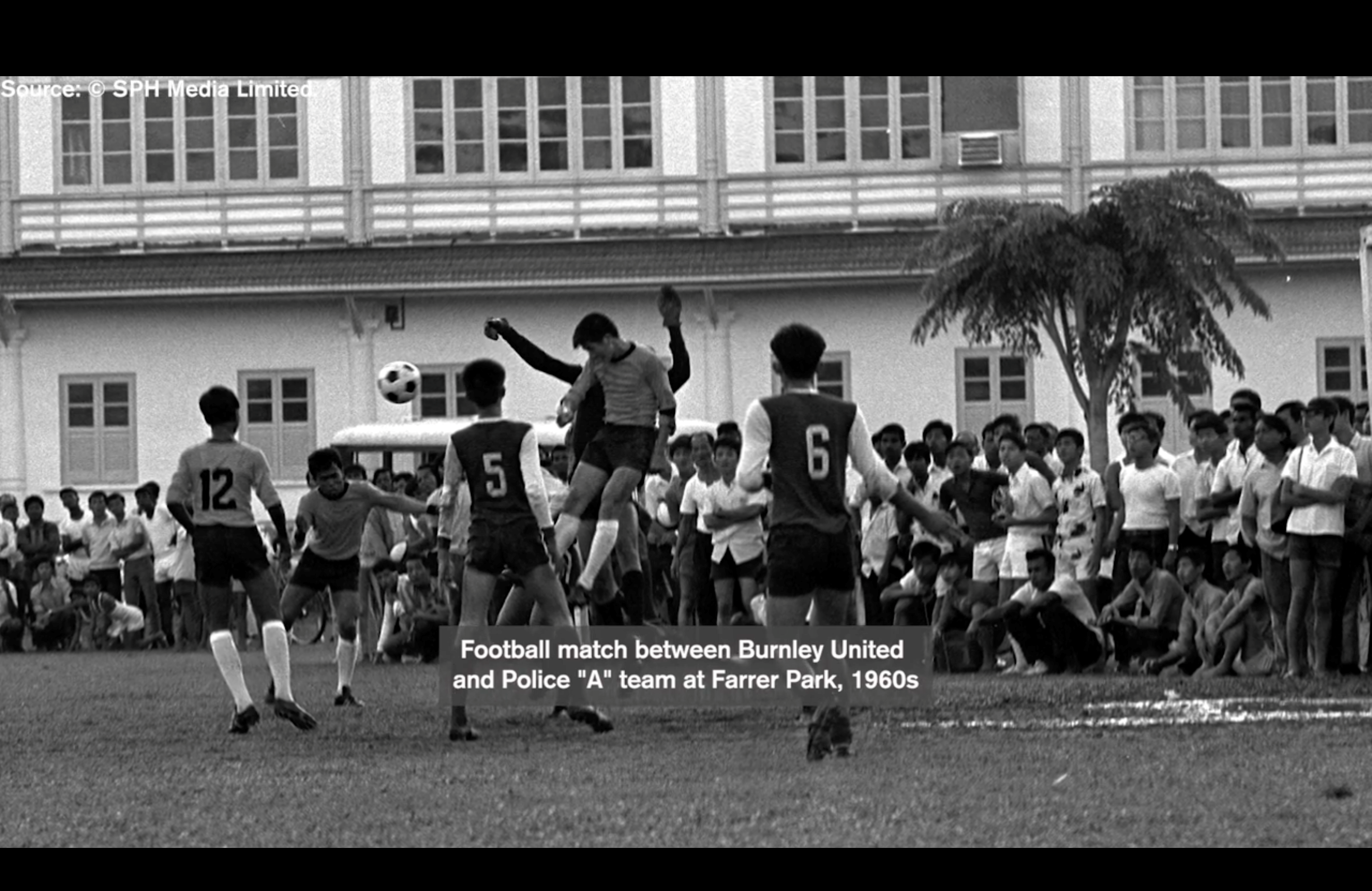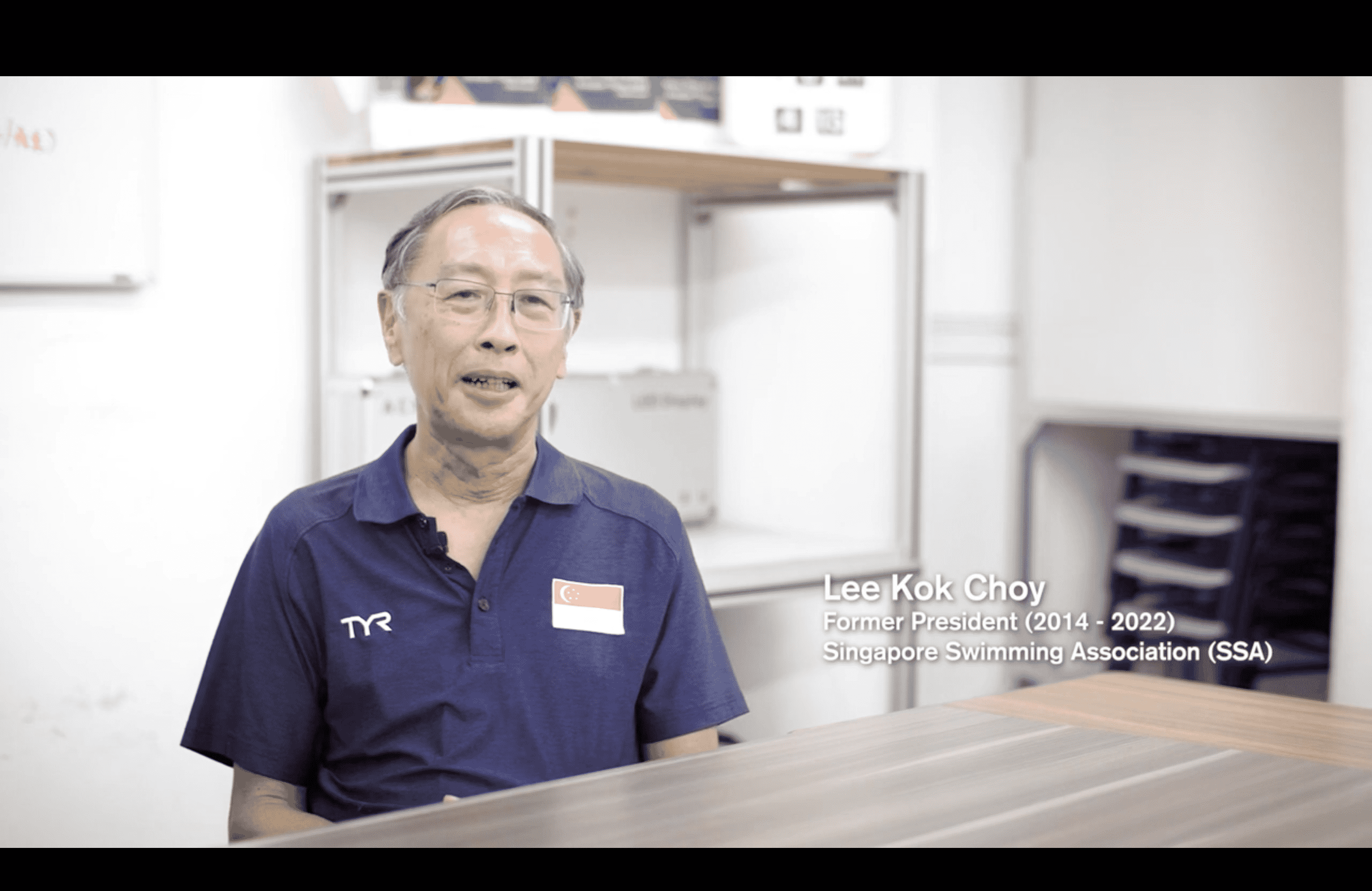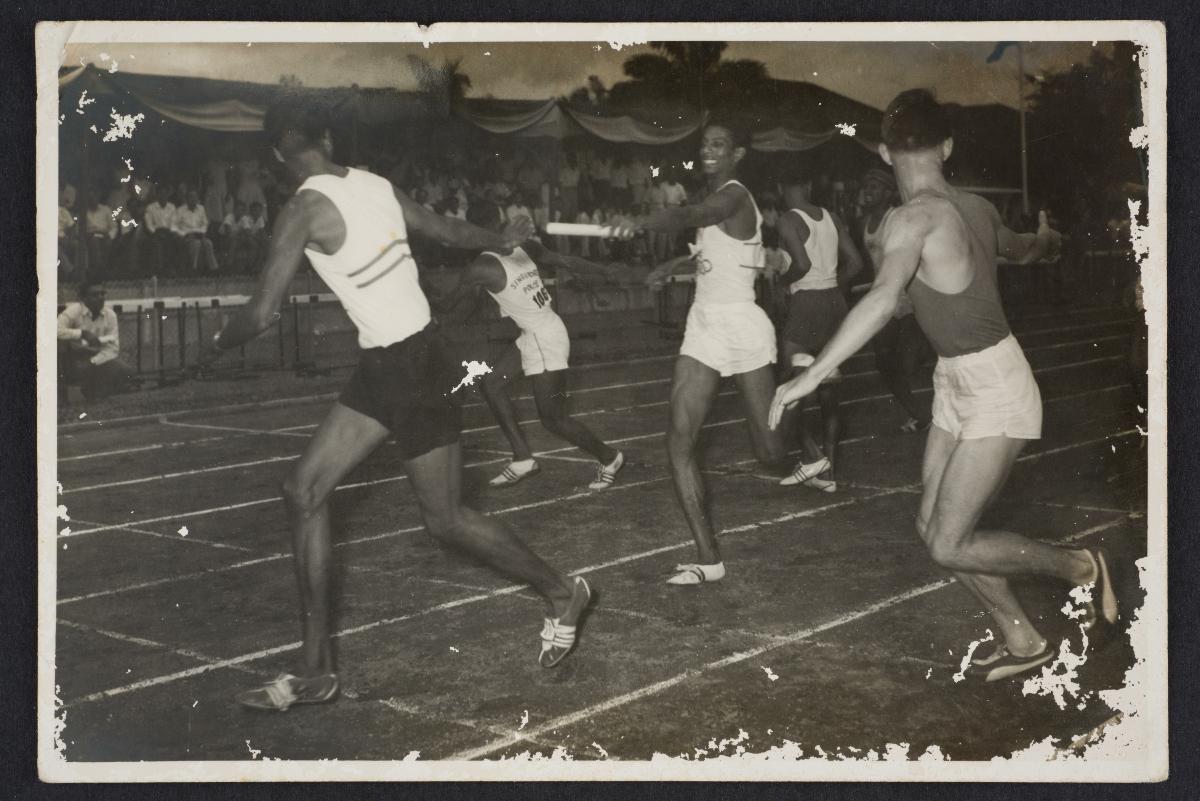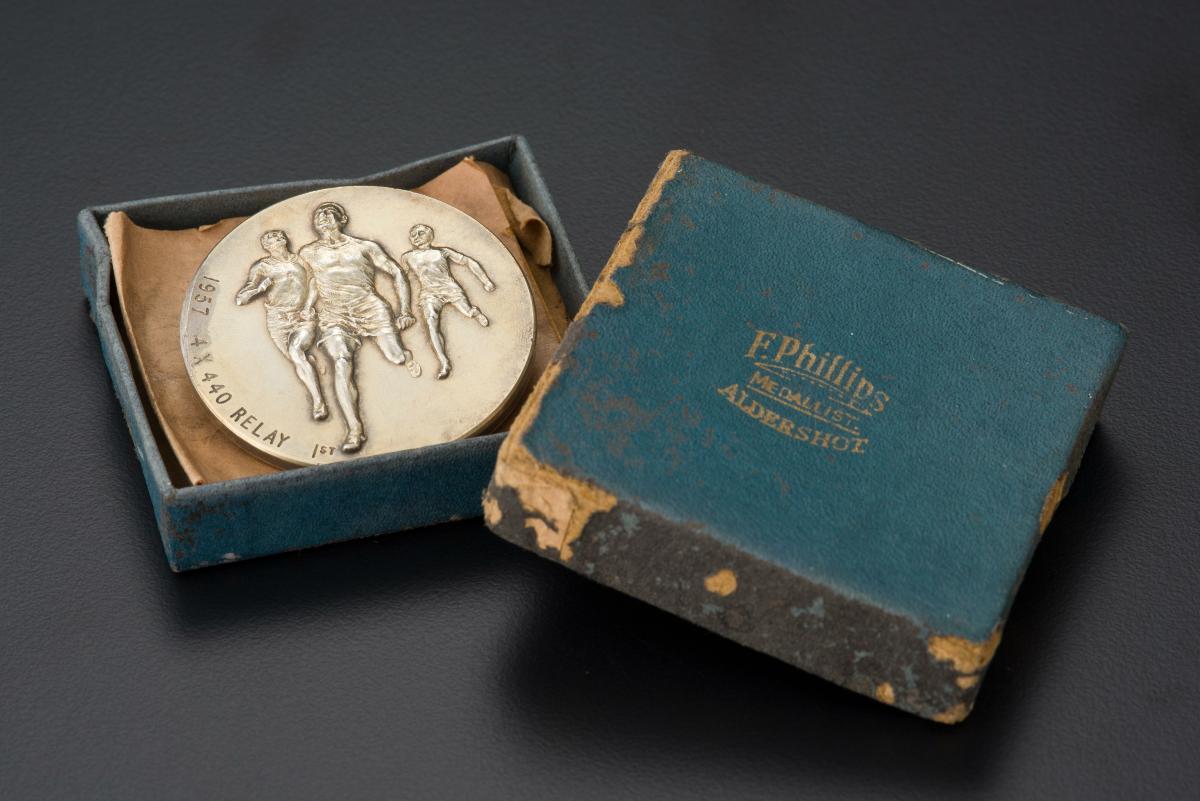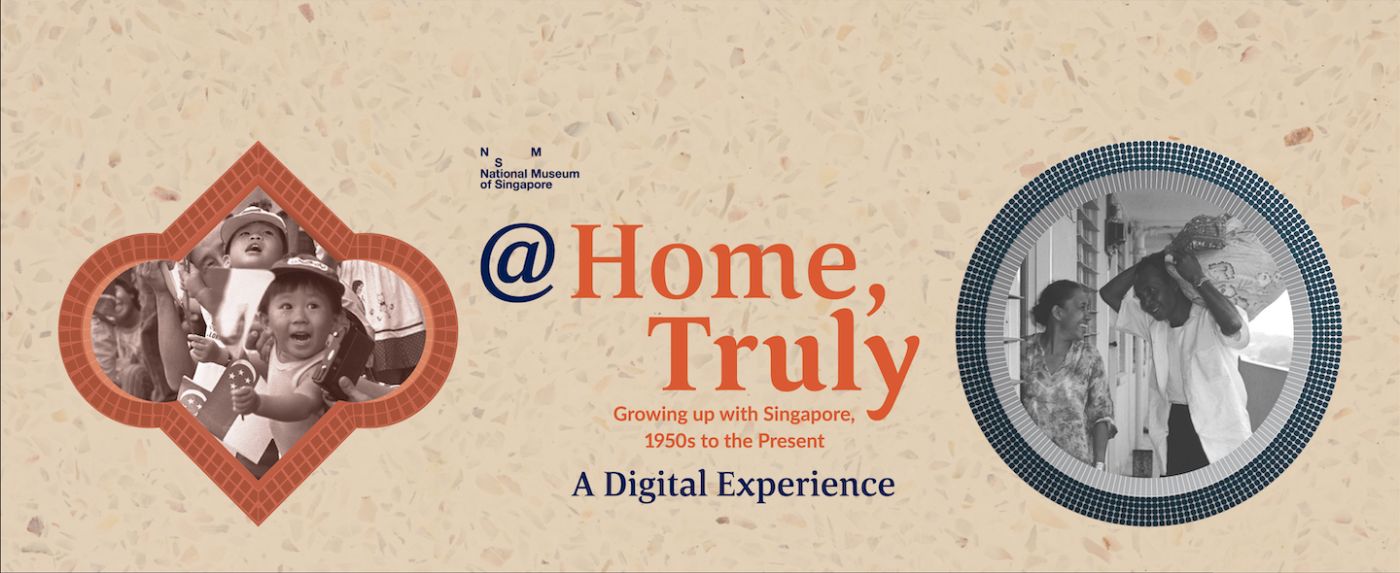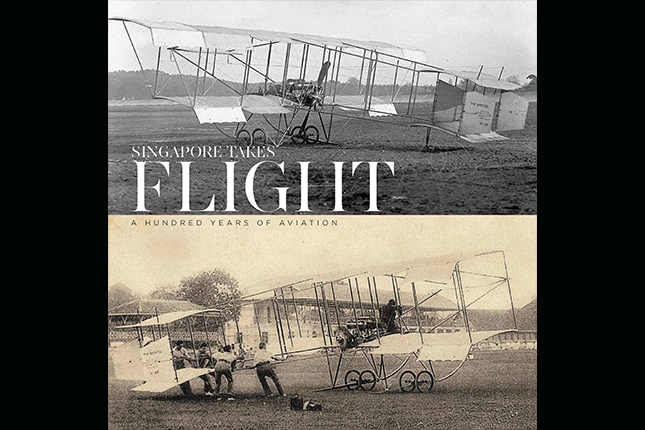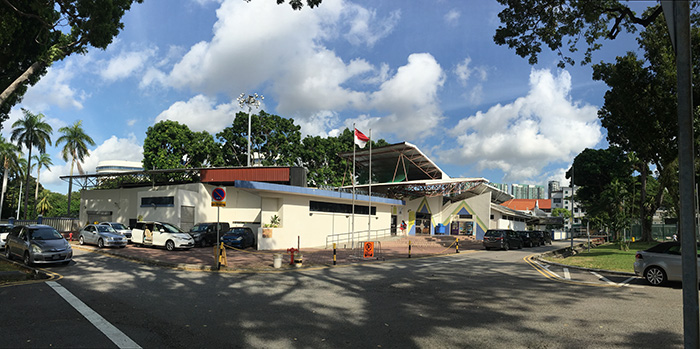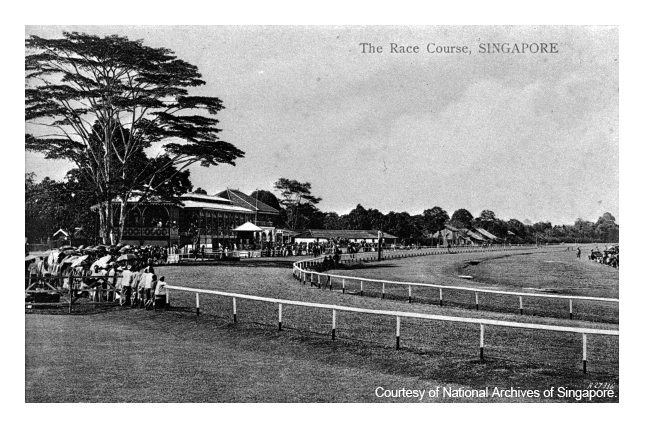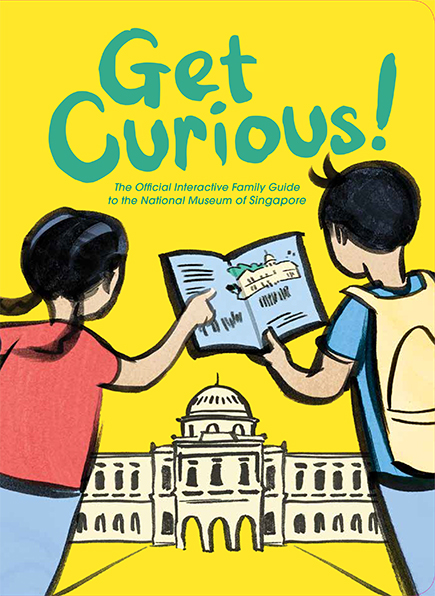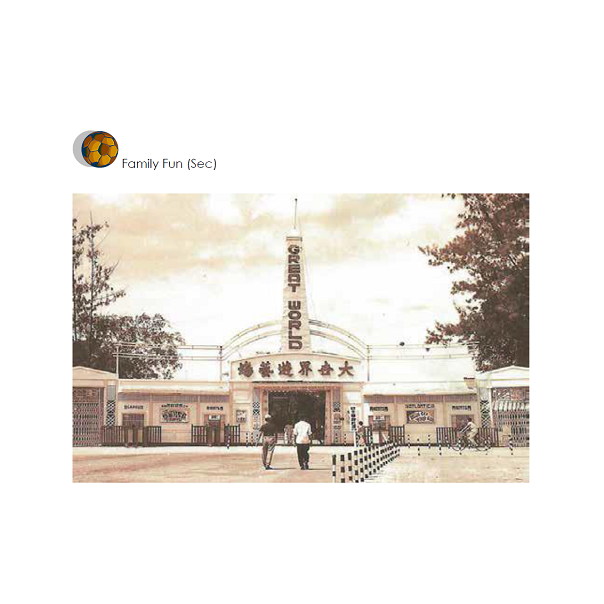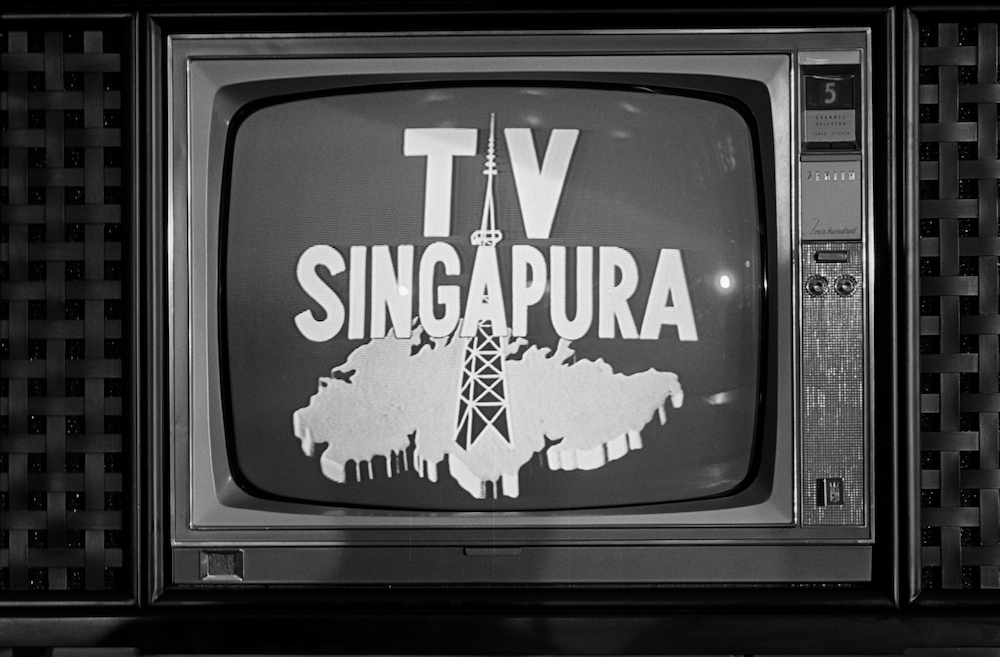TL;DR
A roll call of top athletes from Singapore would inevitably lead you back to the fields of Farrer Park — its humble grounds having nurtured at least three generations of sports stars. With change on the horizon, The Lives of Farrer Park documents the cultural power of the site, where the worlds of boxing, football, rugby, swimming, track & field, tennis, and scores of other sports, collided as athletes generously pushed each other to glory.
“Birthplace of sports in Singapore” - Ang Peng Siong, Today, 26 April 2022.[1]
“(A) wonderful city lung for the people" - G.L. Peet, The Straits Times, 26 February 1957.[2]
“One of Malaya’s best sports fields” - Unnamed, The Straits Times, 29 January 1939.[3]
Much has been said and written about the 180-year-old Farrer Park Fields, where a dazzling pantheon of local sporting legends were nurtured. In the wake of Farrer Park’s impending redevelopment,[4] paralympian Toh Wei Soong, 24, who began training at the park at 15, produced a special motion picture on the site many perceive as the cradle of Singapore sports.
Supported by the National Heritage Board and co-produced with filmmaker Ric Aw, The Lives of Farrer Park was launched to a full house at the Singapore HeritageFest on 27 May 2023. The event was graced by Minister of State for Culture, Community and Youth Alvin Tan and attended by Farrer Park residents, athletes, as well as community heritage group Friends of Farrer Park. The film was well received, with viewers sharing that they came away with an enriched understanding of Farrer Park and its impact on Singapore’s sporting scene.
Tenderly treated by Wei Soong — from the latest generation of high-profile athletes to train on its grounds — the emotionally evocative documentary captures the sights and sounds of Farrer Park’s famous fields in the quieter hours of dawn and at its most rambunctious at dusk. These scenes are anchored by the memories of 11 luminaries of the site who sat down with Wei Soong to recall their past and trace the lasting impact of a childhood and youth spent on its lush expanse.
Describing the film as “a love letter to Singapore’s spiritual home of sports and the people who’ve made it special”, Wei Soong says: “There’s no other Farrer Park in the world. The film has many B-roll shots of us going through the site to help viewers understand how the space is traversed and was used.”
Filmed in 2019 and produced from 2022 to 2023, Wei Soong injects a sense of pathos into the documentary — the pool he trained at will make way for a new one as the site is redeveloped into a public housing estate integrated with comprehensive sports and recreational facilities.
Here, we briefly explore the themes and sporting facilities featured in the film and provide an overview of the site’s history.
A Galloping Start
Farrer Park’s story begins in the 1840s when the “Sport of Kings” thundered onto its grounds. Designated for horse racing by the colonial authorities, the fields would later go on to host festivities such as the island’s centenary celebrations in 1919 (which marked 100 years of the colony’s founding), as well as historic aviation showcases like the first flight demonstration in Singapore.
The Straits Times notes that when the first aeroplane arrived in Singapore “all Singapore turned up at the course to see what an aeroplane was like”.[5] Pictured here is the Bristol BoxKite biplane piloted by Joseph Christianens which took off from the racecourse on 16 March 1911. It was the first flight demonstration in Singapore. Collection of Singapore Philatelic Museum: Donated by Prof Cheah Jin Seng.
After the racecourse moved to Bukit Timah in 1933, the site was renamed Farrer Park after Roland John Farrer, the president of the former Singapore Municipal Commissioner.
The golden age of Singapore sport kicked off around the 1950s, after the embers of the Japanese Occupation had settled. Sought-after jewels, such as an athletic centre and accompanying cinder track (1956), swimming complex (1957), boxing gym (1968), and a Sports House (1971) — home to 14 sports associations, rose during this period. Other facilities for netball and tennis were also incorporated over time.
Propelled by sports advocates and visionaries among Singapore’s founding fathers like EW Barker and Othman Wok,[6] the unassuming hub ignited an island-wide passion for sports[7] with top fighters, swim legends and football titans emerging from its soil.
Singapore's Very Own Rocky
A punch from celebrated boxer Rocky Selvarajoo could knock you out in an instant. But for his mentee, footballer Razali Saad, nothing hit him quite as hard as Rocky’s words of wisdom.
As The Lives of Farrer Park captures, it was because of Rocky Selvarajoo that Razali Saad made the pivotal, life-changing decision to sign on with the army. This allowed him to pursue football and eventually play competitively.
A beaming Razali Saad recalls in the film: “He’s (Rocky) one of the guys who inspired me. I signed another three years just to stay in the army because of him… Like he said, ‘Razali, stay in the army, you’ll enjoy your sports.’”
The fruits of this bear out in Razali Saad’s sporting resume. The former competitive footballer was captain of Singapore’s national team from 1986 to 1988 and represented the city in the 1984 AFC Asian Cup and the 1989 and 1991 Southeast Asian Games (SEA Games).
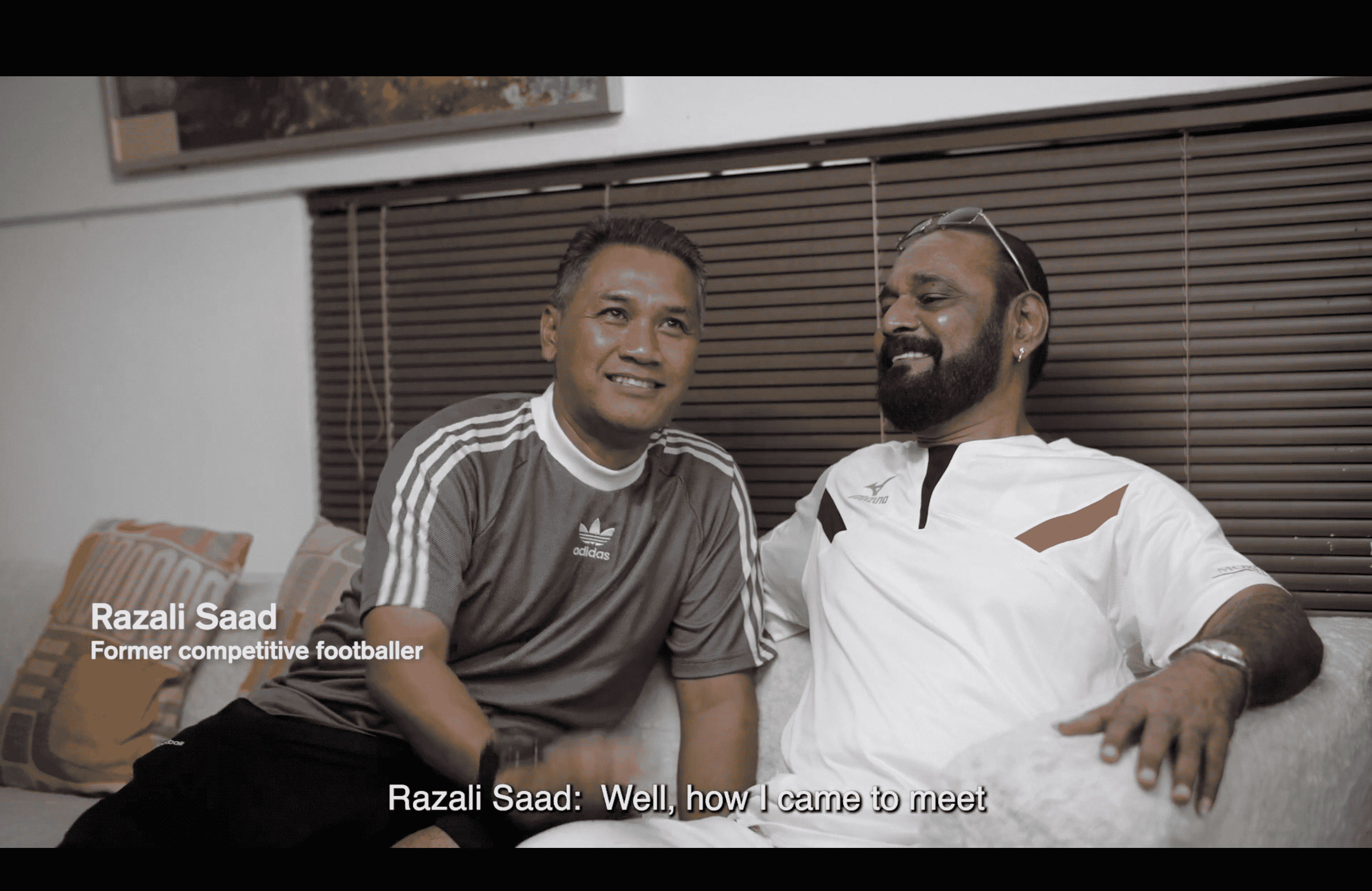
Behind the lighting strikes and quick uppercuts, former national boxing champion Rocky Selvarajoo (right, pictured here with Razali Saad), is a fount of jazzed up, spirited wisdom and an advocate for #thesportinglife.
The duo’s intergenerational, intersport relationship is a facet of Farrer Park life which Wei Soong worked to spotlight in the film. “Their connection is testament to having open fields and athletes in the same place,” he says.
In the film, Rocky Selvarajoo, who began boxing in 1974, also revisits the boxing arena where he spent years honing his skills. Wistfully, he recalls: “It is the most memorable place in life… because I used to sleep here. We used to fight here, we used to eat here.”
Opened on November 30, 1968, the gymnasium was the first official home of Singapore boxing, in particular for the Singapore Amateur Boxing Association which already had some shining stars in its midst.[8] In his opening address, then Minister of Social Affairs Othman Wok noted the significance of a dedicated place for the sport “before any success can be expected”.[9]
This was certainly achieved. Among the clutch of boxing heroes is Rocky Selvarajoo himself, an undefeated national boxing champion in six weight divisions. There was also Cyril Jeeris, the only Singaporean boxer to win the (1973) SEA Games gold on home ground, and Syed Abdul Kadir, Singapore’s first Commonwealth Games Boxing Medallist and the only boxer to have represented Singapore at the Olympics.
Guardian of the Pool
Farrer Park is known for producing all-time swimming greats like Ang Peng Siong, the world’s fastest 50-metre freestyle swimmer in 1982,[10] and a sterling line-up of para-swimmers like Theresa Goh, Yip Pin Xiu and Toh Wei Soong. But to generations of a certain vintage, perhaps none is as legendary as the pool’s guardian, Ang Teck Bee, who packed serious muscle to keep the pool in tip top shape in its heyday.
Ang Teck Bee mastered judo and spent hours bodybuilding to manage raucous pool users who thronged Farrer Park Swimming Complex en masse in its early days. Opened on 22 February 1957, and just one of three public pools in Singapore at the time, members of the public often jostled for limited two-hour slots at the complex.
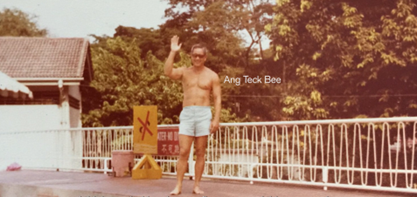
No one dared mess with judo master Ang Teck Bee, Farrer Park Swimming Complex’s legendary pool supervisor.
In the film, Ang Teck Bee’s son Ang Peng Siong and daughter Ang Ling Ling say their father was a central figure in the Farrer Park community, having worked as pool supervisor since the 1960s until he retired. Ang Peng Siong says: “I still get people coming up to me and telling me, ‘Eh I remember your dad, your dad told me to go to the back of the line and line up properly.’”
Apart from keeping the crowds in order, the late Ang Teck Bee gave swimming lessons. Ang Peng Siong for instance, once the poster boy of Singapore swimming, bagged numerous high-profile awards through his father’s guidance.
For Wei Soong, the Ang family’s story is deeply intertwined with the history of Farrer Park Swimming Complex. “You cannot understand Farrer Park without the Angs. We had both Angs come in for that interplay and juxtaposition of memories and perspectives of a site that facilitated their ascension into adulthood.”
The Spy Who Spotted Stars
He was an agent of espionage for the British during the Japanese Occupation, but Choo Seng Quee’s keen eye was best placed in the football field where he was unmatched in spotting young football talents.
Known simply as Uncle Choo, the legendary football coach who lived nearby at Owen Road, would pace the grassy green of Farrer Park and home in on gifted players. Quah Kim Song was one of them. He recounts in the film that “if he (Uncle Choo) wanted to coach you, you’d have a 90 percent chance of being selected for the national team”.
Uncle Choo’s prediction for Quah Kim Song materialised. Quah Kim Song was part of the Singapore dream team Uncle Choo assembled,[11] coached and led to its first Malaysia Cup victory in 1977 — shattering a 12-year drought and uniting a nation.[12]
In the film, Quah Kim Song explains that the football milestone stemmed from the humble fields of Farrer Park which used to be a hive of activity. On weekends, community, company and official football leagues played off from dusk to dawn. Athletes fed off each other’s energy and spectators spurred players on to greater heights. Reflecting, Quah Kim Song says: “I liked to play here because people from all walks of life would come to the ground on Saturday evening.”
Farrer Park was the place to be for sporting enthusiasts and serious athletes. The fields were especially busy on weekends and an ecosystem of hawker and drink stalls sprung up in support of this community. Many fondly recall the presence of roving food vendors like the curry puff man or kacang puteh (roasted or fried nuts or beans) seller, and how players and fans alike would nip in and out of roadside sarabat (tea) stalls for snacks and reprieve from the sun.
Unpacking Farrer Park
It’s been raved about. Rocky calls it “Heaven on Earth for Singapore sportsmen”. Numerous others credit it for helping them pave the way towards illustrious sporting careers.
What was Farrer Park’s winning formula?
The Lives of Farrer Park attempts to answer this question by conveying the breadth and depth of the Farrer Park experience via multifarious threads of human moments and personal histories.
Former competitive swimmer and Singapore Swimming Association (SSA) president Lee Kok Choy attributes it to Farrer Park’s informal sporting culture. Noting that it was a very interesting time, “in which if you practised very hard, you could become among the best in Singapore”, he says the park fostered an environment free from a lot of constraints.
Sports historian Nick Aplin believes Farrer Park’s reputation for nurturing greats preceded it and had a roll-on effect. The abundance and diversity of activities and facilities further boosted its popularity. As he states in the film, “culturally, socially, economically, Farrer Park became a “centre for people”.
For Wei Soong, who spent mornings and evenings training under the wing of swimming great Ang Peng Siong, there’s no clear-cut answer. Farrer Park, he believes, is best experienced in person.
He notes that the lay of the site made for a unique melding of lives, connections, and the creation of legacies and legends. “Wide open fields without barriers — where you can see other sports and athletes in the same vicinity — is a very rare experience,” he says.
The film is similarly open-ended in its approach. While its goal ultimately is to capture lost stories and memories, it also aims to encourage the viewer to savour the experience and embark on their own explorations.
As Wei Soong states, the film focuses on uncovering a forgotten world of sports. “It was about maintaining an important document, and also allowing viewers to come away with a keener and more intimate sense that something really important stood here.”
LINK
Watch The Lives of Farrer Park here.
Notes
- Farrer Park sports ground to make way for progress
- This was Singapore at its best
- Memories of Farrer Park
- Farrer Park was earmarked for housing redevelopment in the 1998 URA Master Plan. In April 2022, the authorities announced that the site will be redeveloped into a public housing estate with integrated sports and recreational facilities. The plan includes preserving the boxing gym and re-adapting it for community use. In honour of Farrer Park’s sporting roots, a new sports centre to feature swimming pools and a jogging track, will be incorporated into the site.
- Memories of Farrer Park
- https://www.todayonline.com/sports/othman-wok-man-who-built-national-stadium
- https://www.straitstimes.com/singapore/rallying-to-conserve-sporting-heritage-in-farrer-park
- Some of its members had taken part in various international contests, including the Southeast Asian Peninsula (SEAP) Games and the Asian Games.
- https://www.instagram.com/p/BuFXorBnTxX/?ref=shesabeast.co&hl=am-et&img_index=1
- https://www.apsc.me/ang-peng-siong
- https://biblioasia.nlb.gov.sg/vol-19/issue-3/oct-dec-2023/choo-seng-quee-football-coach/
- https://www.instagram.com/p/CsaD3pLPMwS/?igshid=MWZjMTM2ODFkZg%3D%3D&img_index=2





